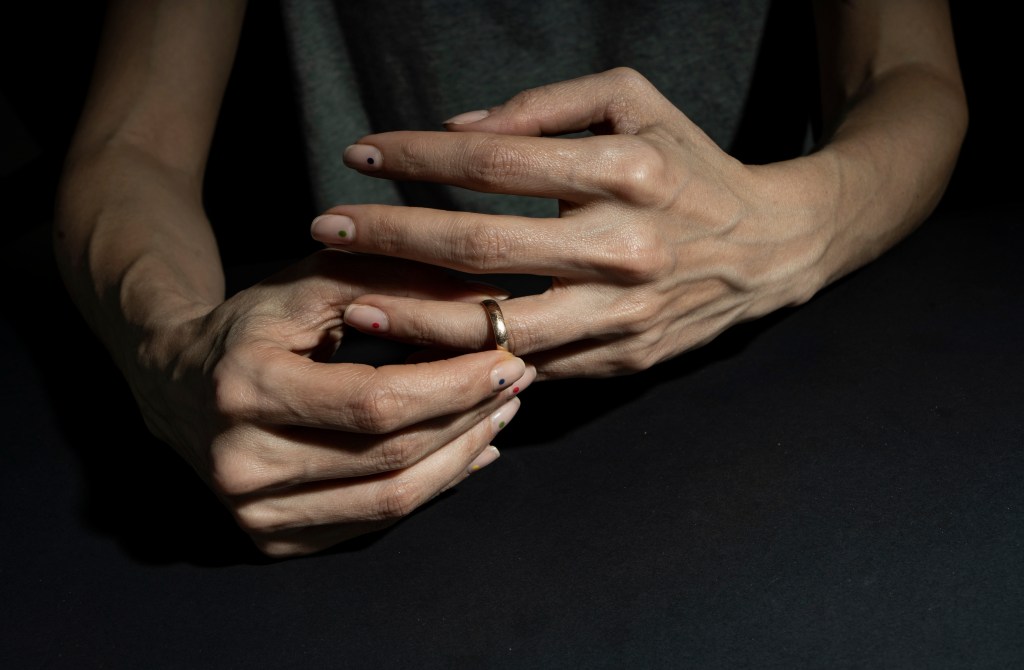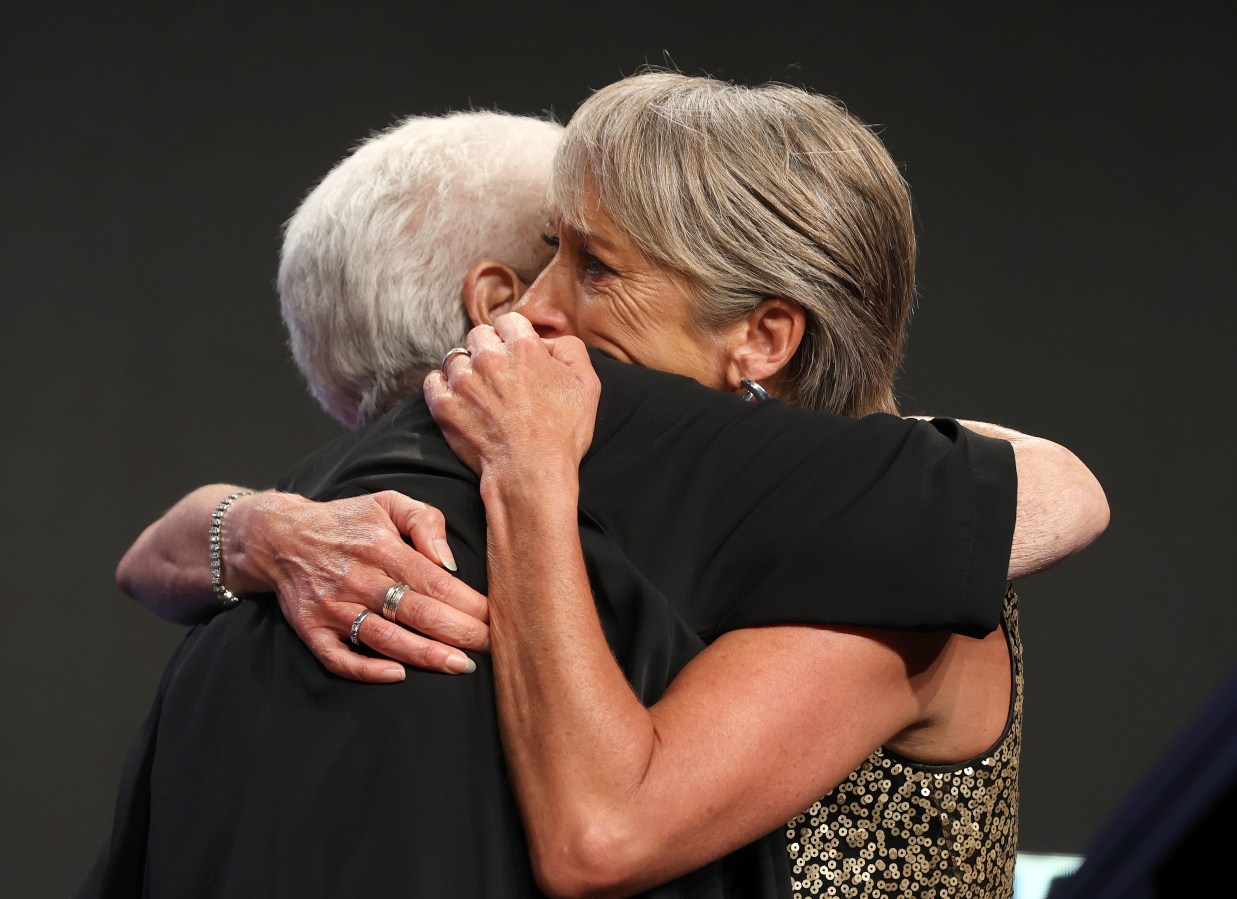As women live into their eighties and nineties, a divorce at 50 is not an ending and it certainly isn’t a decline. It is the beginning of a multi-decade second act.

For decades, divorce in midlife was framed as a failure — a loss of stability just at the moment life was supposed to “settle.” But as lives lengthen and norms shift, the story is changing. New research from Mishcon de Reya, NOON and Julius Baer International reveals that nearly one in three women aged 45–65 who divorce report being happier than they have ever been.
The implication is profound. Divorce in midlife, once viewed through the lens of shame, is emerging as a major transition point in the life course — a pivot toward reinvention, longevity, and independence.
This shift matters not only for individuals but also for employers, wealth managers, policymakers and companies operating within the fast-growing longevity economy. As women live into their eighties and nineties, a divorce at 50 is not an ending and it certainly isn’t a decline. It is the beginning of a multi-decade second act.
Divorce as a longevity transition
The core insight of the Beyond the Break report is that midlife divorce is no longer rare – nor stigmatised. Emotional drivers remain familiar — relationships drifting apart, long-standing conflict, or misalignment that becomes more pronounced after children leave home.
But a notable proportion of respondents cited more serious causes: 27% pointed to abuse or controlling behaviour, while 23% described “falling out of love.” Many are not prepared to spend the next 30 or 40 years in a marriage that no longer works. And now have are beginning to have the financial wherewithal to make different choices.

The report underscores a trend visible across ageing societies: as women gain education, income and career continuity, they have more agency in determining how they wish to live the second half of their lives. Divorce becomes part of a wider portfolio of midlife transitions — alongside career changes, relocations and renewed quests for purpose. What was once considered disruptive is being normalised as part of ageing and maturing.
Hidden risks: financial blind spots and frail support systems
Beneath the report’s optimistic notes lies a darker reality. While many midlife women emerge happier, the process itself exposes serious vulnerabilities — especially around financial literacy and long-term planning.
The data reveals that:
- 65% of midlife women fear for their financial wellbeing after divorce.
- Only 29% felt confident they understood their financial situation before separating.
- A startling 91% did not seek financial advice before or during the divorce process.
This mismatch between emotional clarity and financial uncertainty exposes a significant gap in current systems of support. Women are making major life decisions with incomplete knowledge of assets, pensions, tax implications or the long-term consequences of settlements.
For high-net-worth women, the complexity can be even greater. International mobility, blended families, trusts, and intergenerational assets require coordinated legal and financial planning. The report argues that a holistic, cross-disciplinary approach is still the exception rather than the norm.

These blind spots carry real cost. Women often emerge from divorce with reduced retirement savings, interrupted pension contributions and less long-term financial security than their exes. In societies already grappling with gender pension gaps, the midlife divorce phenomenon risks widening the inequalities.
What leaders, employers and advisers need to know
Divorce overall has been steadily falling for decades, but the one place it is increasing is in midlife. As it becomes more common among midlife women, its impact is reverberating across workplaces, markets and national economies — especially in countries already confronting demographic ageing.
Takeaways for employers:
- Women aged 45–65 are a critical talent cohort. They carry deep organisational memory, leadership capability and professional maturity. Yet personal transitions — divorce among them — can affect energy, mobility, focus or financial needs. Employers with strong midlife support ecosystems (career flexibility, mental-health resources, financial planning tools) will retain and empower this group. Those without may lose key female talent just as they reach peak contribution.
For financial and legal advisers:
- The research calls urgently for “wrap-around divorce teams” — integrated advisory models that combine legal expertise, financial planning, coaching, and emotional support. The current siloed approach leaves too many women exposed at precisely the wrong moment. As more women enter Q3 (ages ~50–75) with ambitions for long, active lives, the demand for coordinated advisory services will grow sharply.
For markets serving the longevity economy:
- A divorced woman in her fifties represents a large and under-served demographic: financially independent, often professionally active, and navigating new chapters in housing, investing, travel, health and lifestyle. Companies that understand the needs of this group — particularly around financial security, wealth accumulation, and future-proofing — will gain a competitive edge.

For policymakers:
- Midlife divorce intersects with gender pension gaps, housing security, caregiving burdens and labour-force participation. As populations age and dependency ratios rise, ensuring that divorced midlife women remain financially resilient is both a social priority and an economic imperative.
A new narrative: Divorce as reinvention, not decline
The most important contribution of Beyond the Break is reframing. Divorce in midlife is not simply the end of a marriage. In an era where 50 marks a midpoint — not the beginning of the end — it represents a significant transition in the longer life course.
The research suggests that many women are using divorce as a moment of radical clarity: reassessing relationships, values, careers and ambitions. They are not stepping back; they are stepping into the next quarter of life with intention and careful design.
Longer lives demand new narratives. For a growing number of midlife women, divorce is not the disaster we were foretold — it is the beginning of the next chapter.
Look back on the week that was with hand-picked articles from Australia and around the world. Sign up to the Forbes Australia newsletter here or become a member here.


